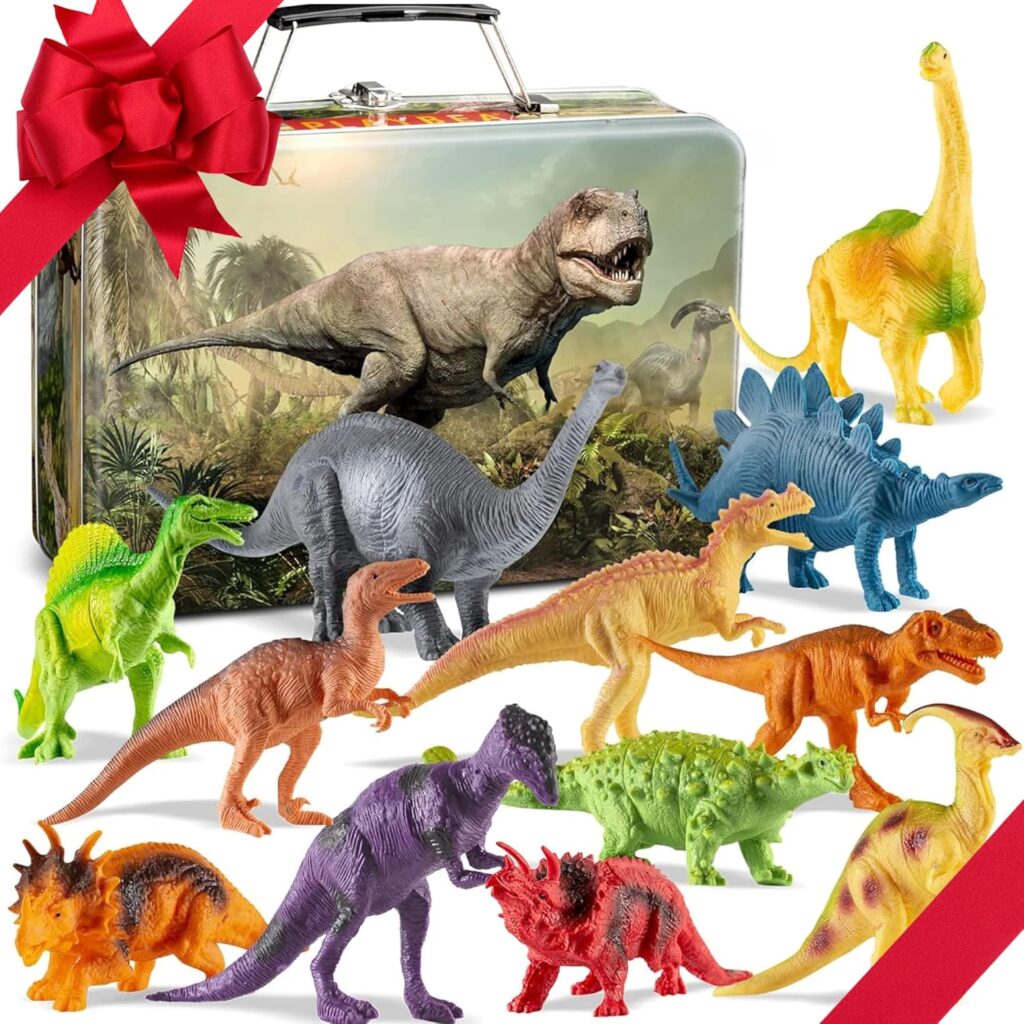Learn how to help endangered animals with actionable tips and effective strategies. Discover ways to support wildlife conservation, protect habitats, and make a difference today.
I remember seeing a mountain gorilla in Uganda. It was a moment that changed me. Watching a mother gorilla care for her baby was special. It made me want to help protect wildlife.
Watching news about animals dying can feel hopeless. But, there are ways we can help. I’ve learned a lot from working with conservation groups.
Understanding the Crisis
Many animals are dying because of us. The main reasons are:
- Habitat loss from deforestation and urban growth
- Climate change harming ecosystems
- Illegal wildlife trade and poaching
- Pollution of air, water, and soil
- Introduction of invasive species
In Indonesia, I learned about the Sumatran rhinoceros. Only about 80 are left in the wild. Their homes are being cut down for palm oil. It’s sad, but knowing this helps us know where to help.

Direct Action: What You Can Do Today
1. Support Conservation Organizations
Donating money is important. But, don’t just give to big names. Look for smaller groups that can make a big difference. Some good ones include:
- Local wildlife rehabilitation centers
- Species-specific conservation projects
- Indigenous-led conservation initiatives
- Regional land trust organizations
Also, consider volunteering. Many groups need help with different tasks.
2. Make Your Voice Heard
Politicians and businesses listen to what we say. Here’s how to speak up:
- Contact your representatives about wildlife protection
- Sign and share real petitions
- Go to local council meetings
- Use social media wisely
- Write to newspaper editors
My neighbor helped save local wetlands. The city council listened and changed their plans.
3. Change Your Consumer Habits
Our choices affect animals. Here’s how to help:
- Check where products come from
- Choose sustainable seafood
- Avoid products with palm oil
- Buy shade-grown coffee
- Buy local and organic
- Use less plastic
I changed my chocolate brand to help the rainforest. Small changes help a lot.

4. Create Wildlife-Friendly Spaces
You can help even in the city:
- Plant native plants in your garden
- Avoid harmful chemicals
- Put up bird feeders and baths
- Make brush piles for animals
- Leave dead trees standing
- Use less outdoor light at night
My backyard now attracts bees, butterflies, and birds. Even the local school wants to make a similar space.
Diving Deeper: Long-Term Commitment
1. Education and Awareness
Learning is key in saving wildlife. Here’s how to learn more:
- Take online courses about wildlife conservation
- Read scientific papers and reputable conservation blogs
- Attend lectures and workshops
- Join local naturalist groups
- Share accurate information with others
- Support environmental education programs
Last summer, I led nature walks for kids. They were so excited to learn about endangered animals. This excitement led several families to start their own conservation projects.
2. Citizen Science
Many research projects need volunteers. You can help by:
- Participating in wildlife surveys
- Using apps to record species sightings
- Monitoring local water quality
- Helping with breeding bird counts
- Recording phenology changes in your area
These efforts give scientists and policymakers valuable data. Last year, data from volunteers helped find new breeding grounds for endangered monarch butterflies.

3. Habitat Protection and Restoration
Getting involved can really help wildlife:
- Join habitat restoration projects
- Remove invasive species
- Plant trees and native vegetation
- Help maintain wildlife corridors
- Support land conservation efforts
I’ve been helping with wetland restoration work parties every month. It’s amazing to see these areas come back to life, with wildlife returning too.
The Bigger Picture: Systemic Change
We need to make bigger changes too:
1. Policy Reform
Support efforts to:
- Strengthen endangered species protection laws
- Create and expand protected areas
- Regulate wildlife trafficking more effectively
- Address climate change
- Protect critical habitats
2. Economic Solutions
Encourage sustainable development by:
- Supporting eco-tourism initiatives
- Investing in conservation-focused businesses
- Promoting sustainable agriculture
- Backing green technology development
3. International Cooperation
Many endangered species don’t know borders. Support efforts to:
- Coordinate conservation across countries
- Share research and resources
- Protect migratory routes
- Combat international wildlife crime

Looking Forward
Conservation can seem hard, but remember: every extinct species was saved by humans. The California condor, black-footed ferret, and Arabian oryx all came back because people cared.
Start small, but dream big. Pick one or two actions from this article and do them fully. Join local groups. Talk to your friends and family about endangered animals. Share your wins and challenges.
Most importantly, don’t lose hope. I’ve seen how dedicated people and communities can change things. That mountain gorilla population I mentioned? It’s growing, thanks to conservation efforts. Every time I feel down, I think of those gentle eyes and remember our actions count.
Together, we can make sure future generations have a world full of wildlife. The choice and responsibility are ours.
Protecting endangered animals is not just about saving species. It’s about keeping the web of life that supports us all. Every action you take, no matter how small, helps this important cause.

What will you do today to help endangered animals?
Unleash hours of dino fun – Get the ultimate dinosaur toy set now!
